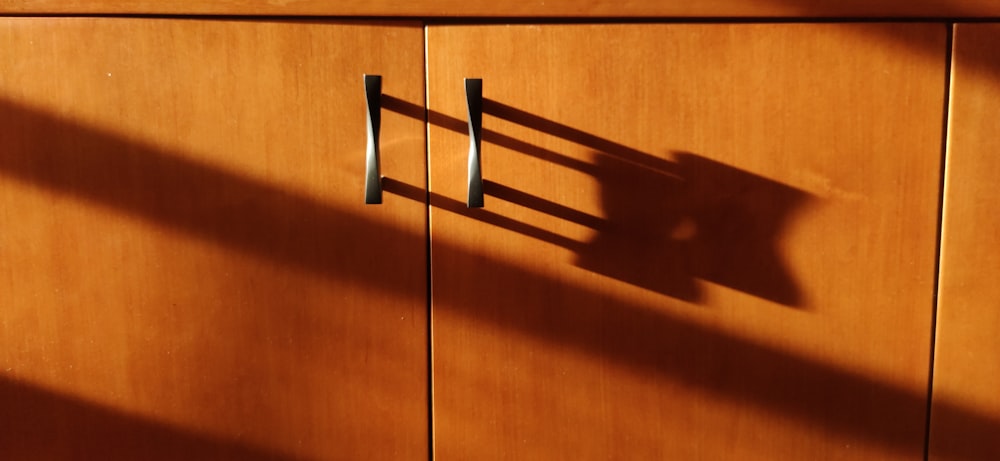In the realm of laboratory safety, biosafety cabinet Malaysia stands as a crucial barrier between hazardous materials and laboratory personnel. Ensuring the safety of those working in close contact with infectious agents and toxic chemicals, BSCs are integral to the Malaysian research and medical sectors. This article delves into why these cabinets are indispensable, their operational standards, and maintenance practices vital for laboratory safety.
Integral to Laboratory Safety
Biosafety cabinets are engineered to protect laboratory workers, the environment, and the research integrity from exposure to infectious aerosols and splashes. Specifically designed with high-efficiency particulate air (HEPA) filters, these cabinets meticulously clean the air of harmful particles, providing a sterile environment for sensitive experiments.
Types and Selection
BSCs are categorized into three types based on the level of protection they offer. Type I provides personnel and environmental protection but no product protection. Type II, the most common, offers all three protections: personnel, product, and environmental. Type III, or the glovebox, offers the highest protection level and is used for extremely hazardous agents. Selecting the right type of BSC for a laboratory in Malaysia depends on the research’s specific needs and the hazards involved.
Installation and Certification
Proper installation is paramount to ensure the efficacy of a BSC. In Malaysia, laboratories must follow strict guidelines for the location and installation of BSCs to avoid cross-contamination and ensure optimal performance. After installation, certification by qualified personnel is required to confirm that the cabinet meets all safety and performance standards.
Maintenance and Best Practices
Regular maintenance is critical to ensure the continuous, safe operation of biosafety cabinets. This includes routine cleaning, annual certification, and immediate repairs of any damage. Personnel training on the correct use of BSCs is equally important, as misuse can negate the protective benefits of these cabinets.
Conclusion
Biosafety cabinet Malaysia are an essential component of laboratory safety in Malaysia, providing a critical layer of protection against biological hazards. By selecting the appropriate type of BSC, adhering to installation and certification standards, and following rigorous maintenance protocols, laboratories can significantly mitigate risks, ensuring the safety of personnel and the integrity of research.
This comprehensive approach, focusing on proper selection, installation, and ongoing maintenance, underscores the critical role of biosafety cabinets in maintaining a safe and productive laboratory environment in Malaysia. As the front line of defense, their importance in the broader context of public health and safety cannot be overstated, making them an indispensable part of modern scientific and medical research.


